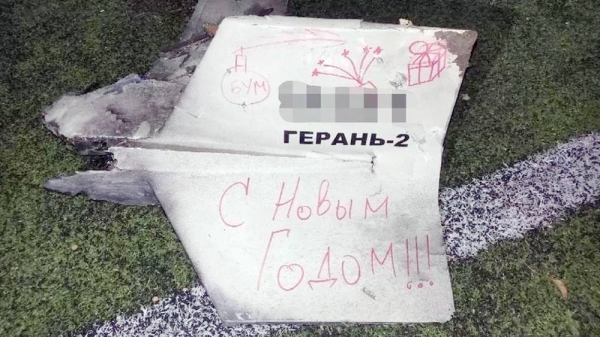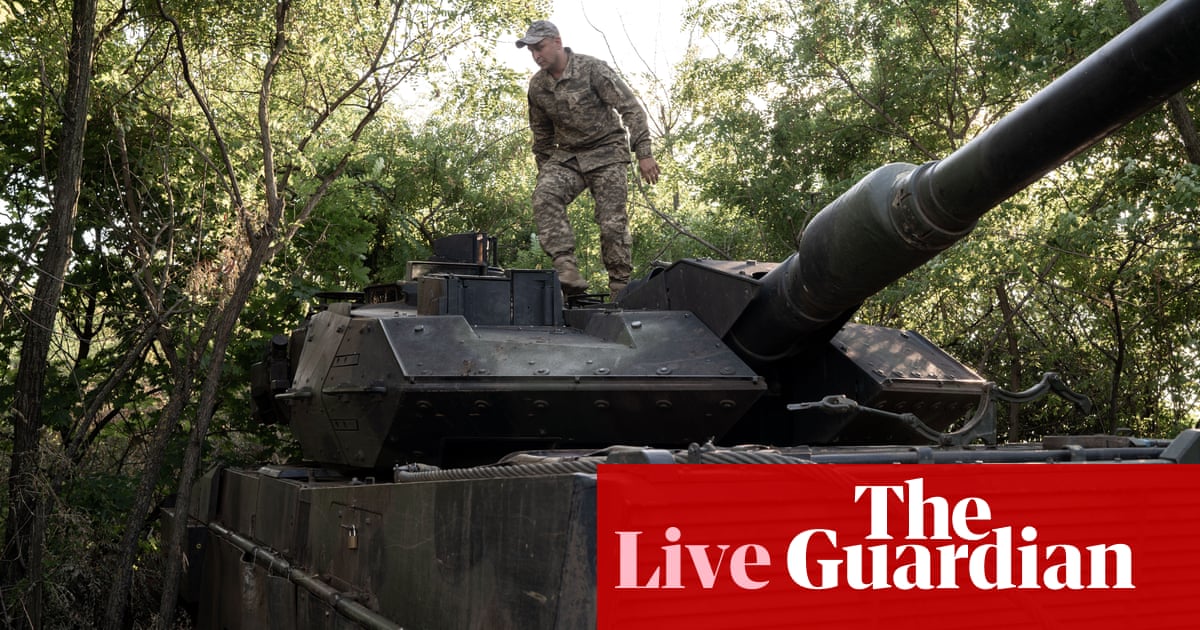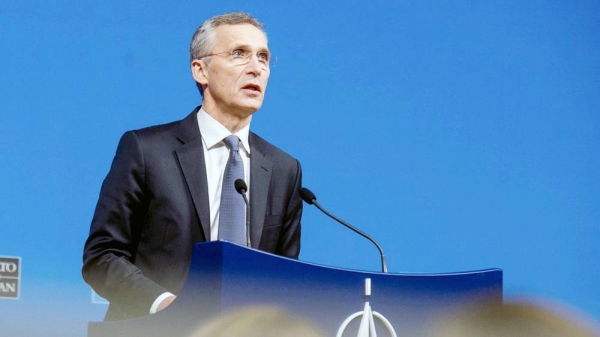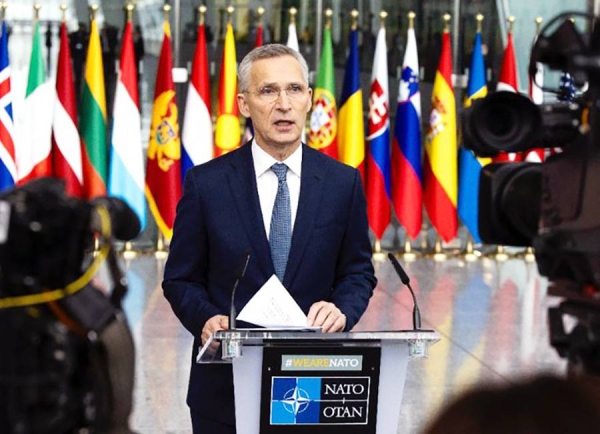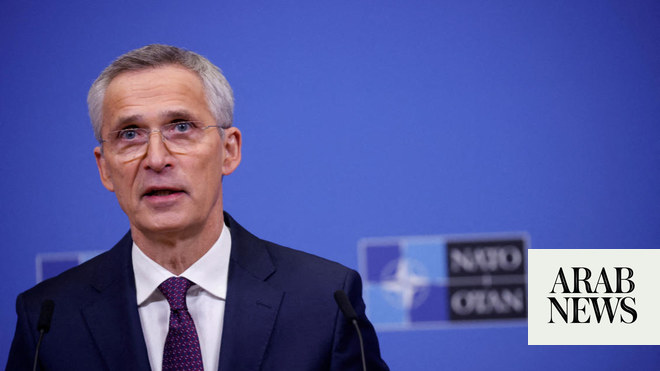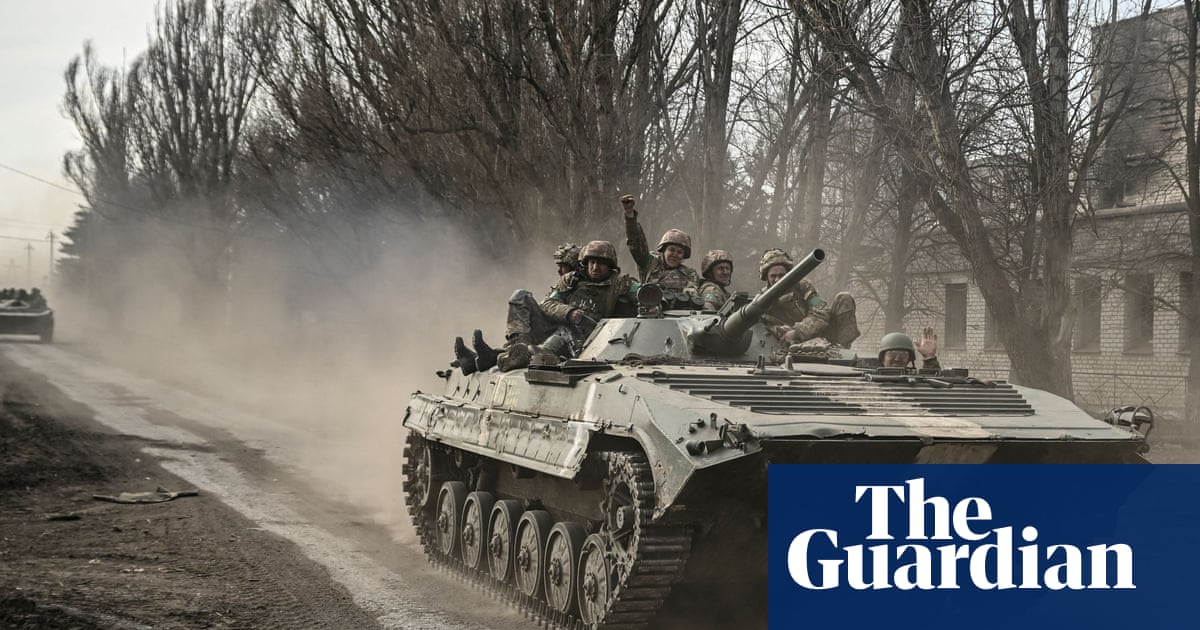
Vladimir Putin has no immediate plans for peace in Ukraine and so the west needs to brace itself to supply lethal aid to Kyiv for a long time to come, Nato’s secretary general has warned in an interview with the Guardian.
Jens Stoltenberg said the Russian president was engaged in “a war of attrition”, and said he wanted Nato members to agree that spending 2% of GDP on defence as a minimum at the alliance’s next summit, in the Lithuanian capital, Vilnius.
The fierce fighting, currently centred around Bakhmut, in eastern Ukraine, demonstrates Russia is willing “to just throw in thousands and thousands more troops, to take many casualties for minimal gains”, the Nato head said.
“President Putin doesn’t plan for peace, he’s planning for more war,” Stoltenberg continued, adding that Russia was increasing military industrial production and “reaching out to authoritarian regimes like Iran or North Korea, and others to try to get more weapons”.
As a result, the US, UK, France, Germany and other western states had to be prepared to support Ukraine with weapons, ammunition and spares over a long time. “The need will continue to be there, because this is a war of attrition; this is about industrial capacity to sustain the support,” the secretary general said.
At present, the combat was so intense that Ukraine’s use of artillery shells – 4,000 to 7,000 a day to Russia’s 20,000 – was outrunning western manufacturing. “The current rate of ammunition expenditure is higher than the current production rate,” Stoltenberg said, although new contracts meant that was changing.
Earlier this week, EU members agreed to supply Ukraine with a million rounds of shells, enough for six months or so. But heading into what is expected to be his final summit, Stoltenberg said he wanted Nato members to be prepared to spend more to reverse Russia’s invasion.
Nato’s annual report, out on Tuesday, acknowledged that only seven of 30 member states – the US, UK, Poland, Greece and the Baltic countries – met the current defence spending target of 2% of GDP in 2022. France at 1.89% and Germany at 1.49% fell short, although both have committed to increases.
“At our summit in Vilnius in July, I expect allies to agree a more ambitious new defence investment pledge, with 2% of GDP as a minimum to be invested in our defence,” Stoltenberg said at the time of the report’s publication – a commitment that insiders emphasised he expected all members to agree to.
Equally important, the Nato head said, would be to dissuade China from supplying arms to Russia, also running short on key munitions. China, whose leader, Xi Jinping, visited Moscow earlier in the week, has been told by Nato members that there would be “consequences” if it supplied lethal aid to Moscow.
A serious effort by China to act as a mediator in the conflict must be accompanied by an attempt “to understand Ukraine’s perspectives”, the Nato chief said, and to “engage with President Zelenskiy directly”. But while welcoming any peace initiative, he complained that Beijing had not yet condemned the Russian invasion.
Stoltenberg thought the west had provided enough military equipment, including tanks, fighting vehicles and rocket artillery, “to enable the Ukrainians to retake territory to liberate more and more and more land” seized by Russia after the initial invasion in February 2022.
The goal, he emphasised, was “to enable the Ukrainians to launch an offensive and to retake territory” although he said Nato was not a party to the conflict, with alliance members making their own decision on providing weapons and leaving battlefield calculations to Ukraine’s commanders.
But the Nato head did not rule out member states going further by sending F-16s or other western jets to Ukraine, after an emotive “wings for freedom” plea by its president, Volodymyr Zelenskiy, in February. This month Poland and Slovakia agreed to give 17 Soviet-standard MiG-29s, but the total available numbers are small.
“We should continue to address the need for more capabilities,” Stoltenberg said, highlighting that despite an initial apparent refusal by the US president, Joe Biden, to release the US-made fighters, “there has not been made any decisions on F-16s”.
Progress on Sweden’s application to join Nato was continuing, the alliance head said, despite Turkey blocking its accession, while allowing Finland to proceed. Sweden was, in effect , “at the Nato table”, he said, because it had been invited to the last summit as a guest and had obtained security guarantees from some alliance members.
The failure to incorporate Sweden, in which Stoltenberg had invested considerable time, was not a personal setback, he said. Some limited progress was being made, he said, adding Nato had been able to restart meetings and consultations with Ankara and Stockholm.
After nearly nine years in the job, Stoltenberg, a former prime minister of Norway, said he would definitely be leaving in October, having had his term of office extended three times. “I’ve made it clear my tenure ends this fall,” he added.
The lowest point during that time was Russia’s invasion of Ukraine – “a shock, but not a surprise” given Moscow’s long history of military intervention in Georgia, Syria and, he emphasised, Ukraine, where the first Russian incursions were in 2014.




